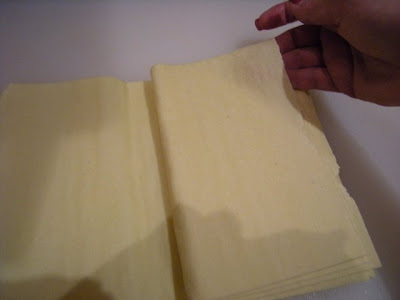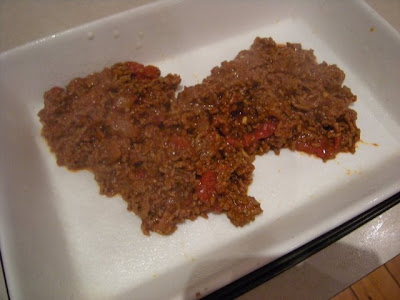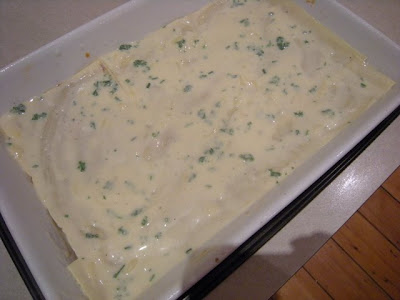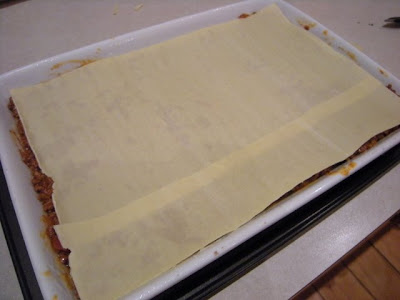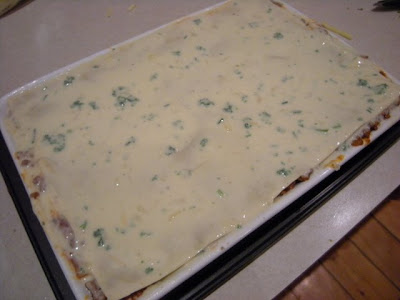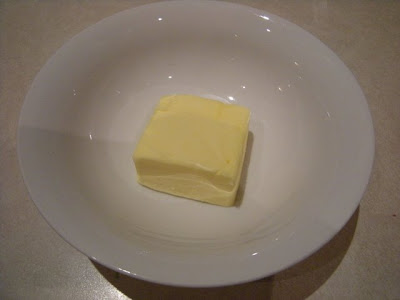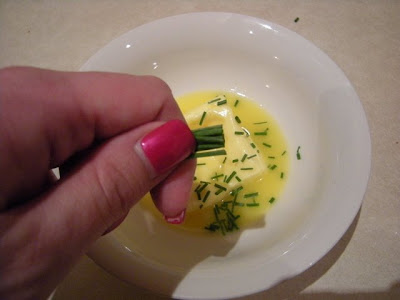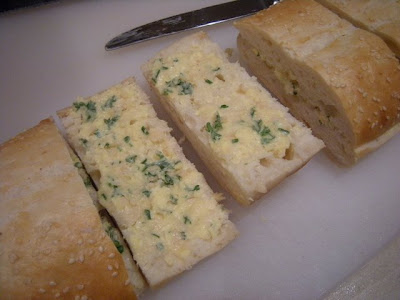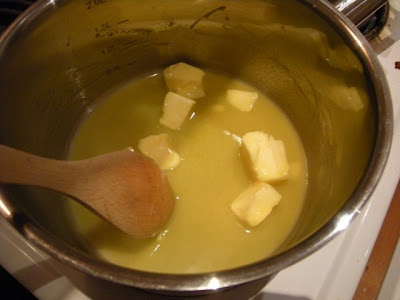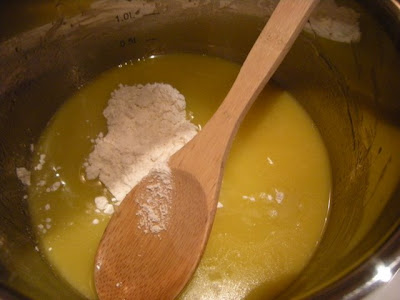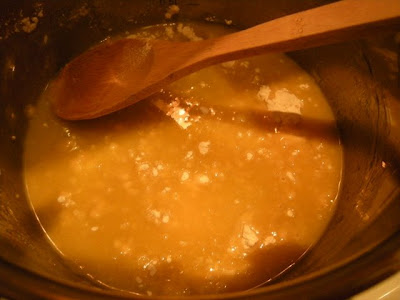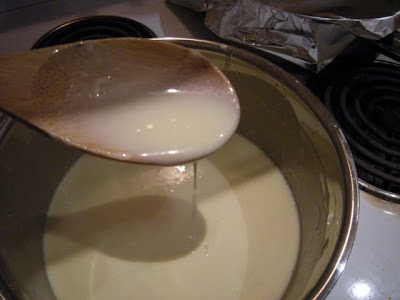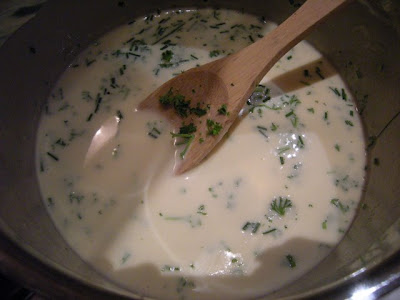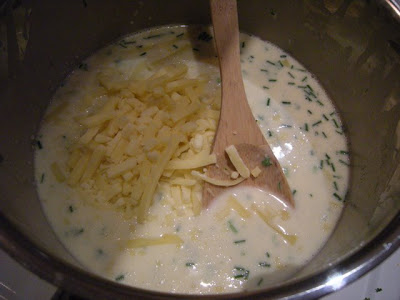 Is "noobs" the kind of term that people consider offensive these days? It appears to be perfectly acceptable within the geek community, but what about non-geeks? Would love to know people's thoughts on that ...
Is "noobs" the kind of term that people consider offensive these days? It appears to be perfectly acceptable within the geek community, but what about non-geeks? Would love to know people's thoughts on that ...The reason I ask is that I've been doing some thinking. I did a talk at the beginner CLUG last Thursday that was all about debunking some common Linux myths, and explaining why people might consider coming across to Linux. Very high level stuff, touching on ten major myths (things like "Linux is ugly"; "Linux is too hard for normal people to use", "you have to use a command line in Linux". That type of thing). Well, the response was really good, and it made me realise that there's a bit of a gap out there in Linux-land. There's a lot of people telling you to get Linux and use it, and there's a lot of people out there to help you with bash tips and tricks, networking, contributing to the kernel and other open source programs, getting your dual display working, upgrading your sound card. But where's the stuff that fits in between? All Linux users were noobs once (if I can use that term!), and there's a pretty big hurdle to jump to get to the point where you might start feeling comfortable in a room full of people talking about shell scripts, and that's a hurdle we've all gotten over. But what about the people who didn't get over it? What about the people who installed Linux, couldn't immediately pick up their wireless network, get their display working, or find an internet browser on the desktop? OK, so the people who use Linux now are the people who persisted with it and found an answer, but a good portion of people are likely to throw their hands in the air, say "it worked on Windows!" and grab that XP or Vista disk again. How do we get to them? How do we tell them, "Hey, Firefox is here", or exactly what to do to get Network Manager to bend to their will?
 Judging by the number of people who have responded to my talk, these people are out there, and their needs aren't being addressed. So, this is what I propose: A course, run fortnightly for twelve weeks (six sessions). A half hour talk on a beginner topic like "choosing a distro", "basic configuration using graphical tools", "introduction to the command line for people who have never seen one before", or "getting networking happening". Follow it up with an anything-goes question and answer session for an hour or so. It wouldn't cost much to do, perhaps $20 a head per session, we can provide handouts for that price.
Judging by the number of people who have responded to my talk, these people are out there, and their needs aren't being addressed. So, this is what I propose: A course, run fortnightly for twelve weeks (six sessions). A half hour talk on a beginner topic like "choosing a distro", "basic configuration using graphical tools", "introduction to the command line for people who have never seen one before", or "getting networking happening". Follow it up with an anything-goes question and answer session for an hour or so. It wouldn't cost much to do, perhaps $20 a head per session, we can provide handouts for that price.So, the question is ... would you come along? And if you would, what topics would you like to see? Drop your opinions in the comments. If I can get enough interest, than I say let's do it!




